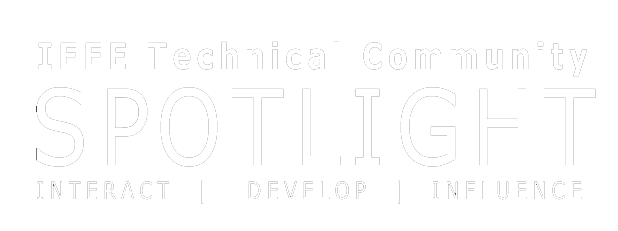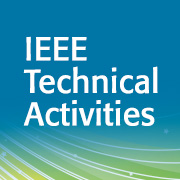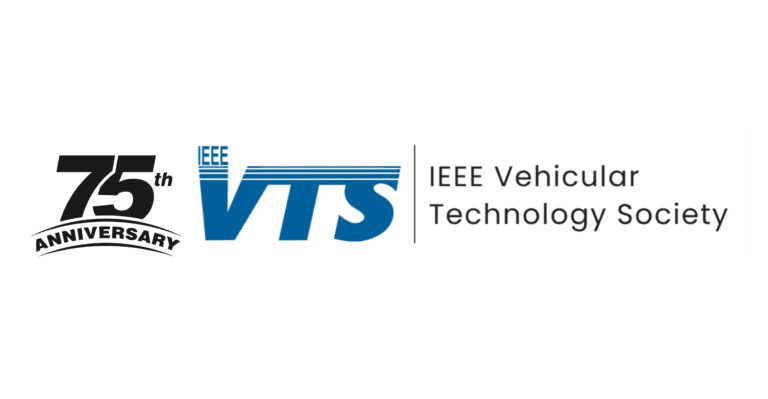
The process is ingrained in our system almost from birth. A person becomes ill, and he or she picks up the phone and schedules an appointment with his or her physician. Then, he or she ventures to the doctor’s office, which is likely within driving distance of his or her residence. The patient receives a diagnosis and a prescription, all within a reasonable frame of time. Now picture living in a remote area where the closest medical facility is located hours away. How does one receive proper medical treatment in a timely manner? How does a patient access a doctor to whom he or she can’t easily be transported?
In the latest issue of IEEE PULSE, the flagship publication from the IEEE Engineering in Medicine and Biology Society, Niharika Midha and Subhamoy Mandal discuss the newfound ability to exchange medical information using telecommunication technology, including video calls, smartphones, and wireless tools. Imagine receiving a medical diagnosis from the comfort of your own home, as you encounter a physician using Skype or FaceTime, or being given results of a recent diagnostic test at any hour of the day or night. Sound convenient? Thanks to telemedicine, the medical industry’s response to advances in information technology and increased availability of advanced computer systems worldwide, accessing health-care is now easier, in locations both rural and urban, remote and highly populated.
Telemedicine is not just convenient; it is cost-effective. According to the IEEE PULSE article, “issues such as limited access to adequate medical care, especially in remote settings, the growing pressure of aging patient populations, increasing life expectancies, the increasing prevalence of chronic conditions, and the shortage of medical professionals continue to burden healthcare systems nationwide.” Telemedicine offers a solution, according to a research article published by the Center for Information Technology Leadership, positing that the savings generated by eliminating the transfer of patients between emergency departments could fund the installation of hybrid telehealth technologies across all emergency departments in the United States, alone. “Newer and smarter” health devices have allowed for the potential of industry growth in this sector, and new fields of academic research have been called to action to encourage advances in point-of-care device creation, and mobile-healthcare capable methods.
However, as comes with the introduction of most new technologies, data and privacy have become concerns among both practitioners and the general public. There are fears that inadequate infrastructure for data security, as well as the possibility of wrongful diagnoses and inaccurate prognoses due to the physical distance between doctors and patients can thwart a system that is undoubtedly beneficial to both physicians and users, and cost-effective in the long run.
What is your opinion on the benefits and risks that new medical technologies pose? Please share your perspective in the comments below!
For more in-depth details on the positives and negatives of telemedicine, read the full article on IEEE PULSE’s Web site.
Resource Links:
- IEEE Engineering in Medicine and Biology Society
- IEEE PULSE
- IEEE Society on Social Implications of Technology






2 Responses
My company’s insurance plan recently gave us telemedicine as an option. It could be convenient, and it is about one-third the cost of an office visit. But, the emphasis is clearly on cutting costs, with the patient’s health an afterthought. It seems rarely likely that a doctor can diagnose and recommend treatment without being hands-on (blood pressure, stethoscope for heart and lungs, pulse, temperature, and other vital signs). Is a patient supposed to self-report these things? Most people really don’t know how, and some is just not possible. What’s next – do it yourself surgery?
It’s very inetresting !